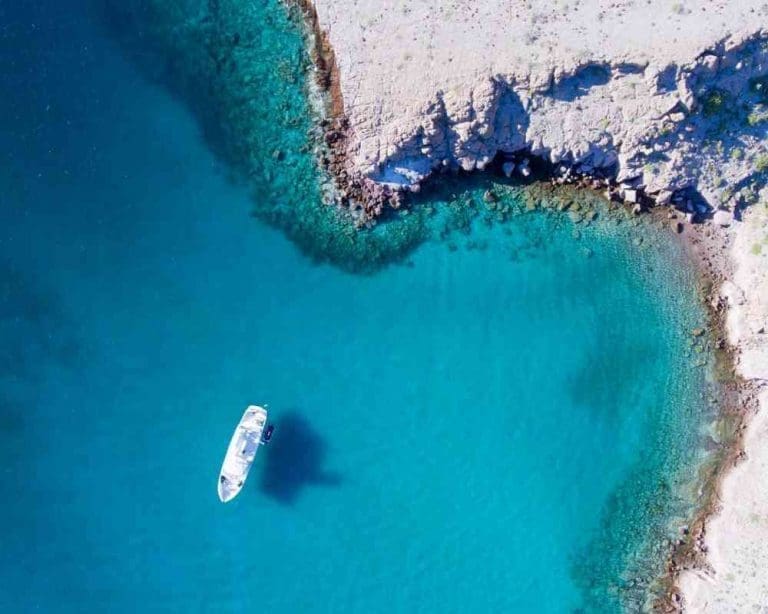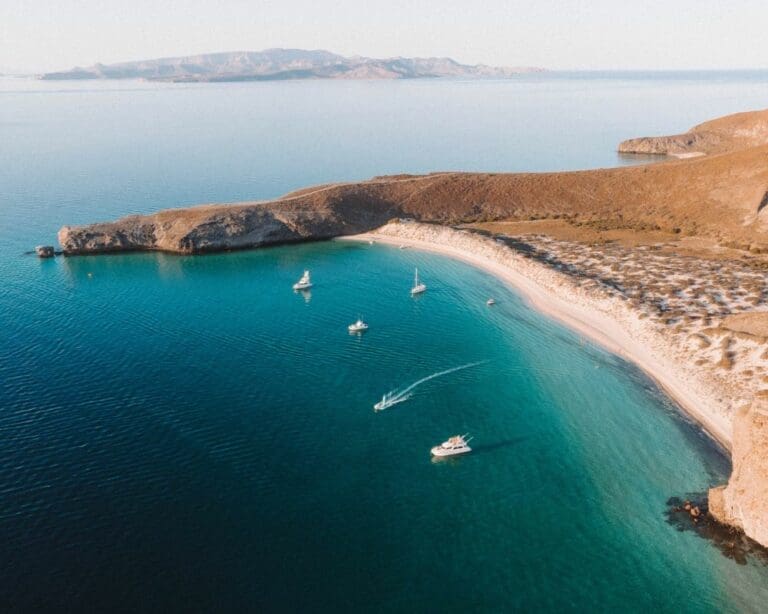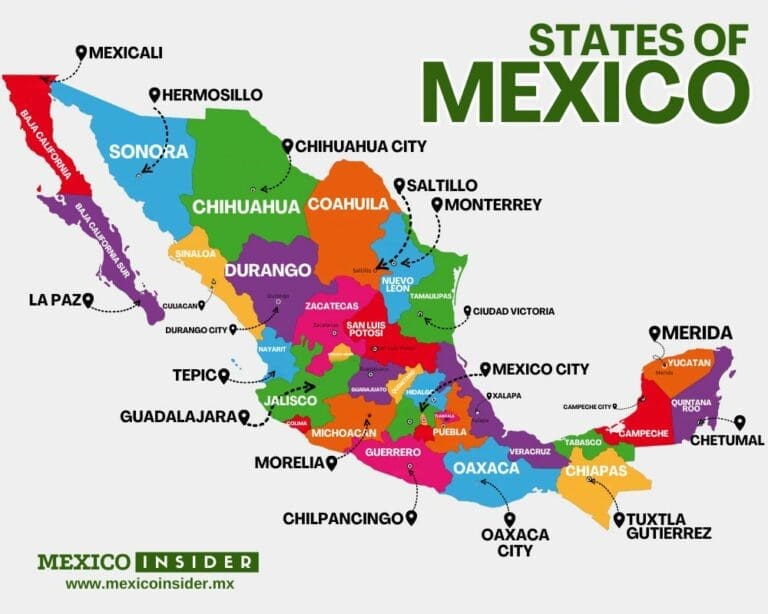Sierra de La Laguna
The Sierra de La Laguna is a mountain range in Baja California Sur, Mexico, and is a biodiversity hotspot, offering lush forests, diverse wildlife, and striking landscapes, isolated by the desert, making it a vital ecological region in the peninsula.
The Sierra de La Laguna is a significant mountain range in Baja California Sur, Mexico, with a rich history.
Formed by volcanic activity, it was once an island but became connected to the mainland, creating a unique ecosystem.
This area, designated as a UNESCO Biosphere Reserve, is crucial for its biodiversity, including endemic species.
Historically, it served as a refuge for missionaries and indigenous groups. The region’s varied landscapes, from deserts to lush forests, highlight its ecological importance and the ongoing efforts to preserve its natural beauty and cultural heritage.
Is the Sierra de La Laguna worth visiting?
Visiting the Sierra de La Laguna in Baja California Sur is a remarkable experience for those seeking adventure and natural beauty. Its unique biosphere reserve offers a blend of desert and lush mountain ecosystems, with opportunities for hiking, wildlife observation, and exploring rare plant species.
The area’s tranquility, coupled with its stunning landscapes and biodiversity, makes it a haven for nature lovers and eco-tourists. Whether you’re interested in challenging treks or simply enjoying the serene beauty, Sierra de La Laguna provides an unforgettable experience.
How to get to Sierra de La Laguna
To visit Sierra de La Laguna, the most common starting point is from Los Cabos or La Paz. From either city, you can drive towards Todos Santos and then head to the towns of Santiago or El Triunfo, which are gateways to the mountain range.
Renting a car is advisable for flexibility and accessing more remote areas. From Santiago, you can find guided tours or trails leading into the reserve. It’s essential to prepare for a rugged journey, as the terrain can be challenging, and some areas are only accessible by foot or 4WD vehicles.









